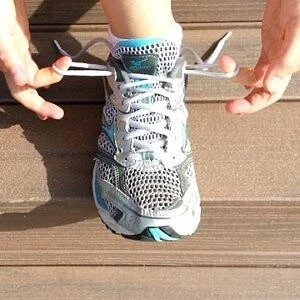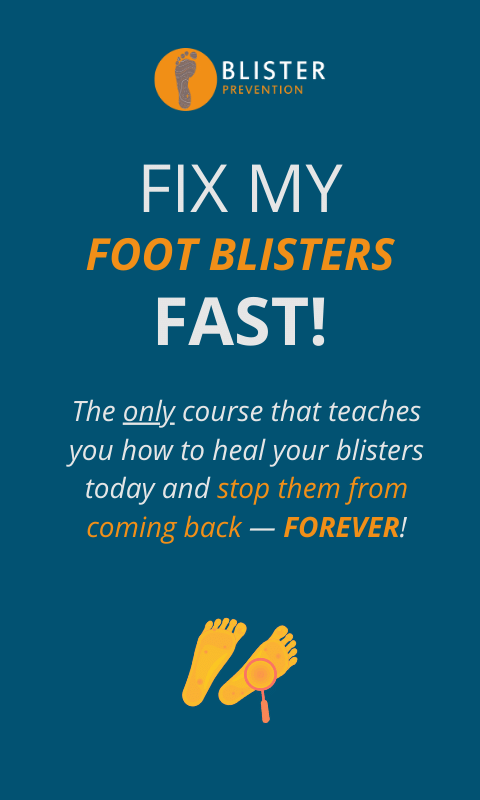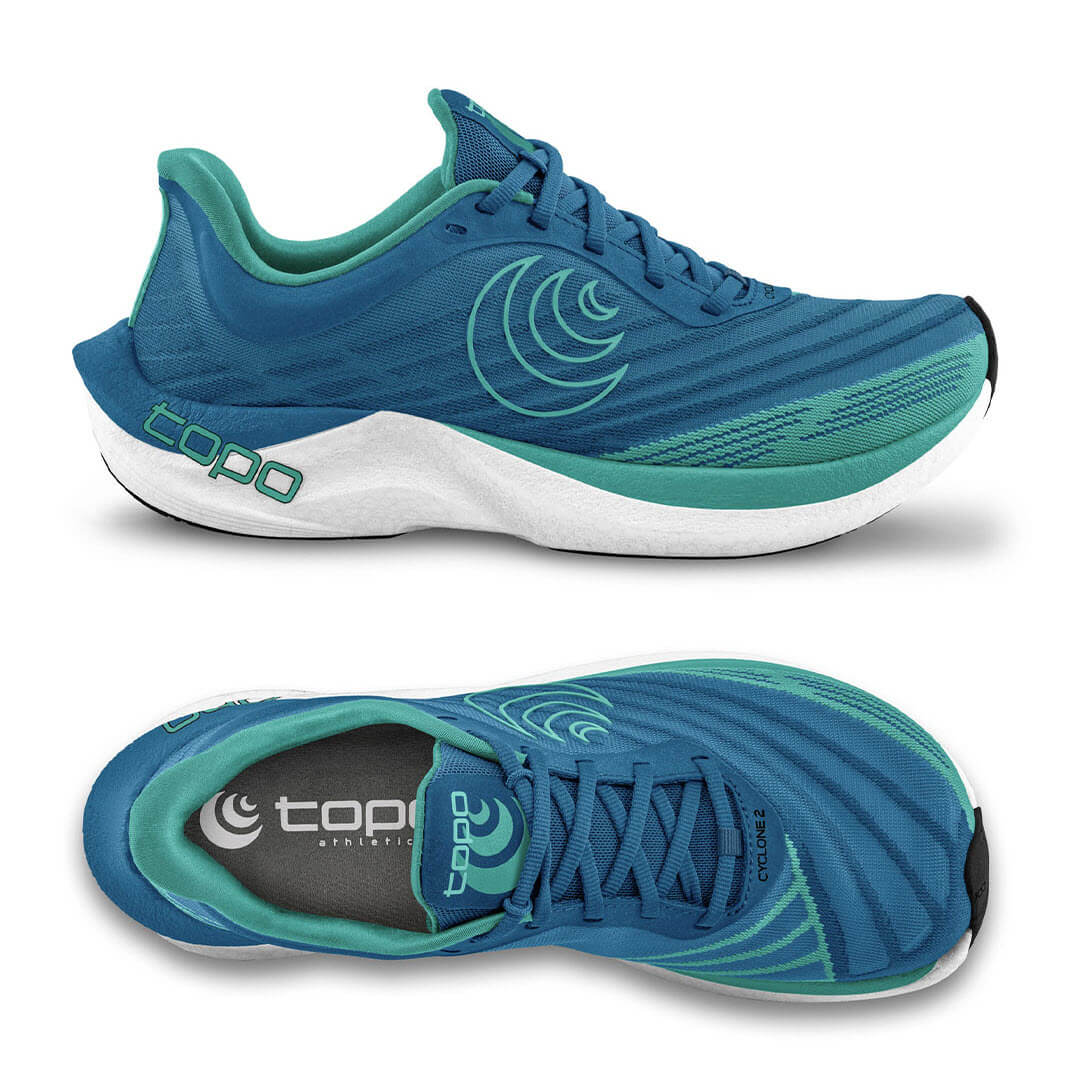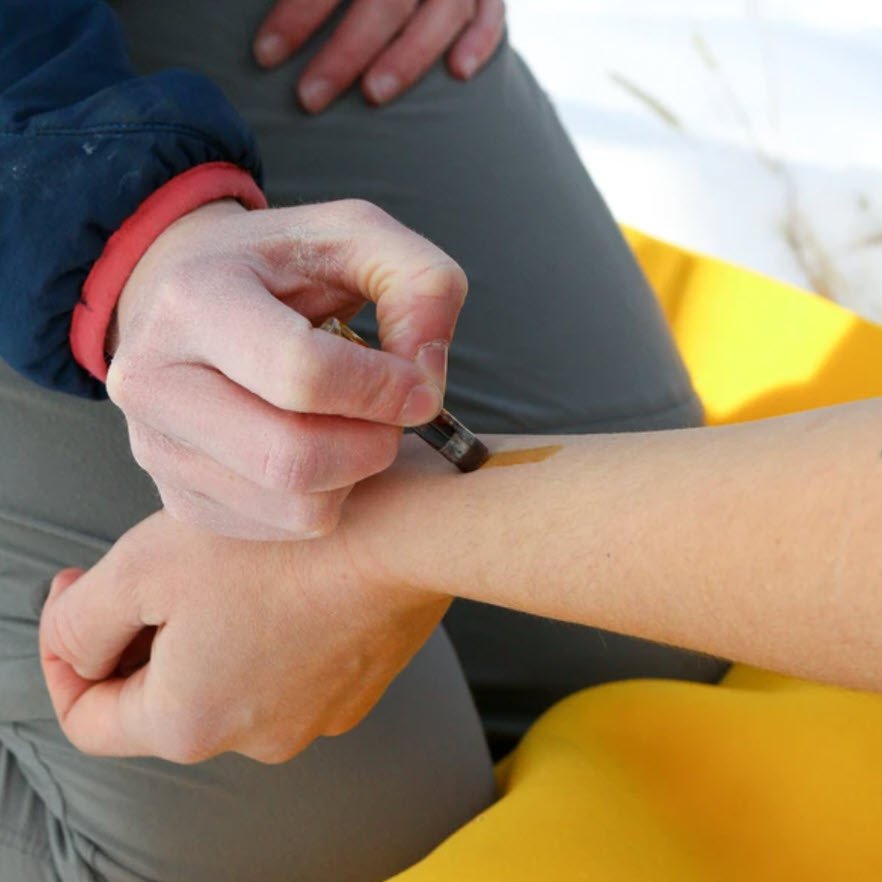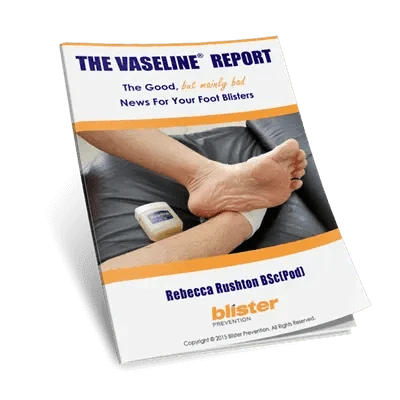Shoe fit is a basic blister prevention strategy. We’re talking about shoe length, width, and depth. You should leave no stone unturned in your quest to find the perfect shoe fit, or as close as you can get to it. However, perfectly fitting shoes alone do not guarantee you’ll be blister-free. I’d know! I’ve had superbly fitting shoes and I still got blisters. This article aims to clarify generalisations that are often made around shoe fit and blisters. And give you a couple of techniques to help you in your own shoe fit quest.
Can Shoes Too Small Cause Blisters?
Yes, shoes that are too small can definitely cause blisters. Some common examples include your toes hitting the end of your shoe’s toe box, or your forefoot bulging over the sole causing a concentration of pressure on that edge. The harder your shoe (or anything) presses on your skin, the higher the friction force (f = μN) and the larger the magnitude of blister-causing shear endured by your skin. There is a lot of pressure on our feet at the best of times. The last thing they need is undue pressure from shoes that are too small.
But do blisters mean your shoes are too small? No, not at all. Having shoes too big can be just as bad.
Can Shoes Too Big Cause Blisters?
Contrary to popular belief, you can get blisters from shoes being too big, in much the same way that shoes that are too small cause blisters. If your foot is able to float around in your shoe, and slide back and forth, it will allow your toes to jam into the end of the toe box, just like they do when your shoe is too small. You might as well be wearing a shoe that’s 3 sizes too small. So, shoes too big cause blisters just as shoes too small can cause blisters.
However, there is one way to minimise blister issues when your shoes are too big – lacing. Shoe laces are there to optimise the fit of your shoes particularly around the midfoot. A firm lacing technique will keep your heel at the back of the shoe, and your toes away from the end of the shoe. My favourite technique is the heel lock. So, what is heel lock lacing?
Heel Lock Lacing - what is it? Is it good or bad?
The heel lock lacing technique is my go-to blister prevention lacing technique. It’s great for preventing upwards heel slippage, forwards heel slippage, and for keeping your toes away from the end of the toe box where they have no business being. In this way, they can prevent many blisters, from heel to toe.
Heel lock lacing, sometimes called lace lock lacing, utilises the last pair of eyelets that most people ignore, or don’t even know are there. Essentially, you make a loop on each side using these extra eyelets, then thread the lace through the loop on the opposite side.
A lot of runners and hikers use the heel lock lacing technique to prevent blisters, particularly on downhill terrain. But it’s not just a lacing technique for running and walking activities. Sports, such as netball and tennis for example, where toes can often suffer impact at the end of the shoe from sudden reversing of direction, also find a firm lacing technique important. You can use the same heel lock technique for running shoes for a sports shoe heel lock. There are versions of the technique for hiking boots, too. Head over to our heel lock lacing technique article to see several video demonstrations.

What is the ideal shoe fit for running?
Generally speaking, you need the width of your thumb between the end of your longest toe (usually either the big toe or second toe) and the end of the shoe. We call this the rule-of-thumb. With this amount of room, you have enough space for your foot bones to move naturally without suffering undue pressure.
If you want to check your current shoes for the rule-of-thumb, or buy new shoes, you should do this towards the end of the day, or after a run, rather than first thing in the morning. This is because your feet may swell a little as the day progresses and you’re better off getting slightly too big than slightly too small. Also, make sure you’re standing, not sitting, because our feet elongate when they are loaded. If you can’t feel your toes through the toe box, take the insole out and stand on it using this toe fit check technique.
Some runners may prefer a shorter fit than the rule-of-thumb provides. This is absolutely fine. But if you are trying to get on top of blister issues around your toes, it may be worth trying for that extra space. Because the further your toes sit towards the end of the shoe, the smaller the space they have to occupy, in width and depth.
Using the rule-of-thumb is much better than quoting a certain distance, say 10mm. Because 10mm for someone wearing a ladies size 6, is relatively a lot more than 10mm for someone who wears a men’s size 14. The widths of their thumbs are much more likely to reflect their differing foot lengths. Then, given you’ve optimised fit with the heel lock lacing technique for running shoes, hiking boots, or whatever shoes you are wearing, you can feel safe in the knowledge you’ve got the best possible shoe length.
Read the ins and outs of optimal shoe fitting for preventing blisters.
Shoe Fit Checklist
- Length – Use the rule of thumb.
- Width – Ensure the ball of your foot isn’t overhanging the shoe’s sole.
- Depth – Wriggle your toes to ensure the toe box is deep enough for a little movement.
- Lacing – Adjust your laces to keep your heel back and down in the shoe, and your toes away from the end of the shoe.

Shoe fit is important, but it’s not everything
Can shoes that are too small cause blisters? Yes. Can shoes that are too big cause blisters? Yes. Can perfectly-sized shoes cause blisters? Yes, depending on your own structural and functional idiosyncrasies. And especially if you leave your laces too loose.
Despite this, it is still important to try and achieve a great shoe fit. Use the shoe fit checklist above. Enlist the help of your local specialist shoe store. They can be very helpful in suggesting the appropriate brand, style and size, rather than you going it alone.
When Shoe Fit Is Difficult
However, you should understand that depending on the shape of your feet, perfect fit may be very difficult, if not impossible to find. For example, shoes are not made to accommodate the structural changes of a bunion or hammertoe. If this is you, the reality is you may not be able to find a shoe that fits perfectly. Especially an athletic shoe. But if you're serious about preventing blisters, you need to leave no stone unturned in your efforts to get the best fit possible.
I Want You To Know This...
If you’ve spent a fortune on shoes and no matter what brand you buy, you still get blisters. I want you to know this...I’m the same.
As a podiatrist, it’s fair to say I know a bit about feet and shoes and how shoes should fit feet. But no matter what shoes I get, and I’m talking about running / walking / athletic shoes, I will get blisters at the back of my heel when I walk and run. And at the edge of my big toe knuckle when I play hockey.
I mean, I don’t anymore because I have my ENGO blister patches where I need them. But for you and me and many others out there, it’s not as easy as “you’ve got the wrong shoes, you need to get a new pair”. Even with perfectly fitting, top quality sports shoes, we still get blisters!
Now, is blister prevention impossible for us? No, it’s not impossible. It’s VERY POSSIBLE.
And that’s a big part of how I help people.
If you’re having this kind of trouble, consider taking the Fix My Foot Blisters Fast course. I made this for people just like you, where optimal shoe-fit is difficult!
